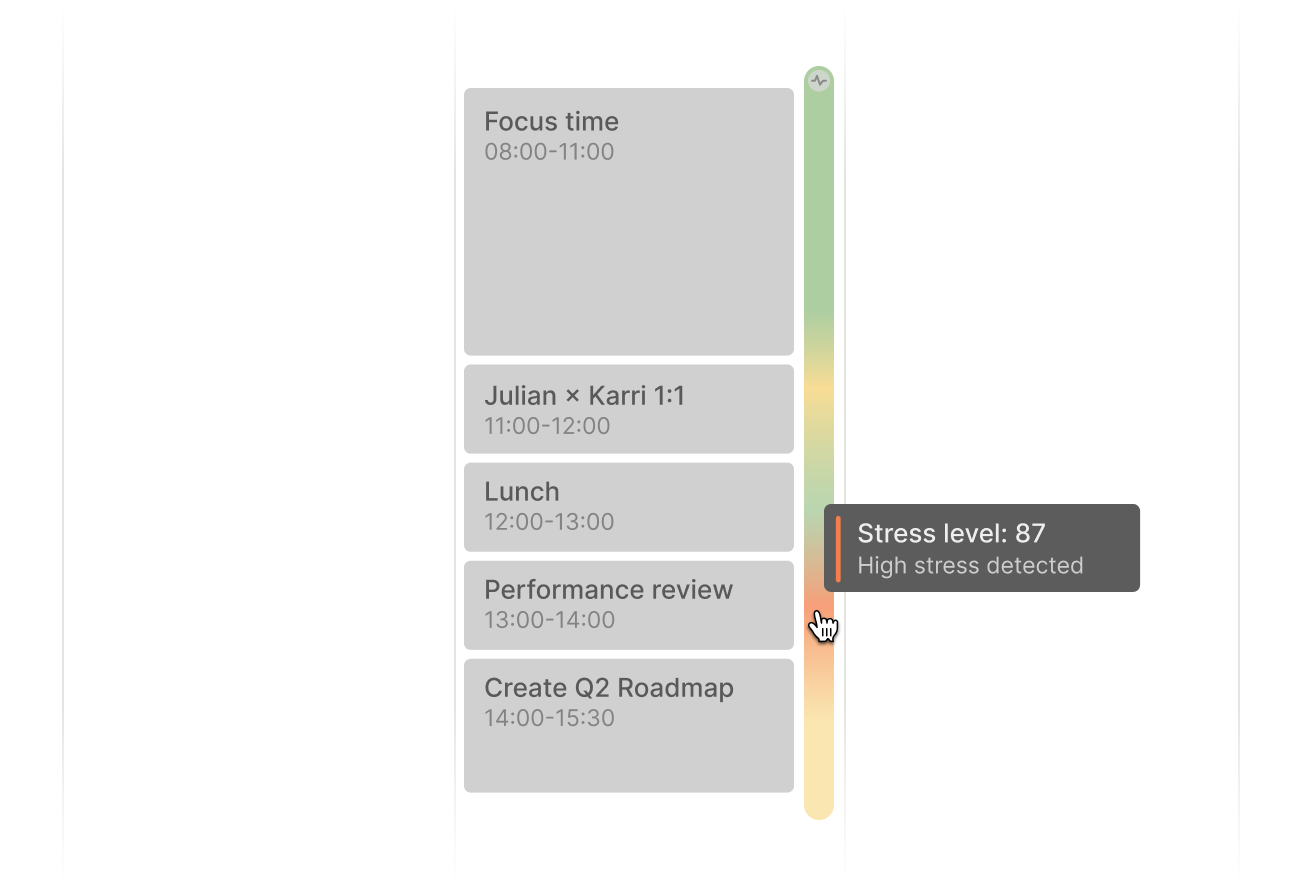Calendars as data layers
I run my life by Google Calendar, so I found this post about different data layers including both past and future data points really interesting.
As someone who also pays attention to their stress level as reported by a Garmin smartwatch, and as someone who suffers from migraines, this kind of data would be juxtaposition would be super-interesting to me.

Our digital calendars turned out to be just marginally better than their pen and paper predecessors. And since their release, neither Outlook nor Google Calendar have really changed in any meaningful way.Source: Multi-layered calendars | julian.digital[…]
Flights, for example, should be native calendar objects with their own unique attributes to highlight key moments such as boarding times or possible delays.
This gets us to an interesting question: If our calendars were able to support other types of calendar activities, what else could we map onto them?
[…]
Something I never really noticed before is that we only use our calendars to look forward in time, never to reflect on things that happened in the past. That feels like a missed opportunity.
[…]
My biggest gripe with almost all quantified self tools is that they are input-only devices. They are able to collect data, but unable to return any meaningful output. My Garmin watch can tell my current level of stress based on my heart-rate variability, but not what has caused that stress or how I can prevent it in the future. It lacks context.
Once I view the data alongside other events, however, things start to make more sense. Adding workouts or meditation sessions, for example, would give me even more context to understand (and manage) stress.
[…]
Once you start to see the calendar as a time machine that covers more than just future plans, you’ll realize that almost any activity could live in your calendar. As long as it has a time dimension, it can be visualized as a native calendar layer.